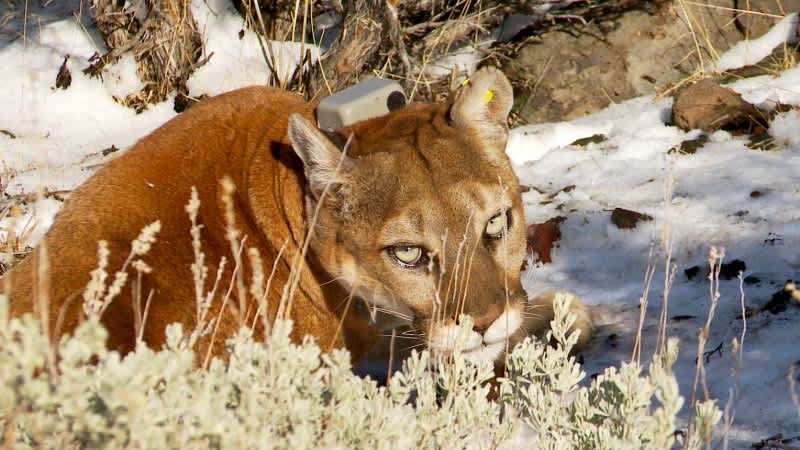Go West, Young Lion
OutdoorHub 10.05.12

New study from the Wildlife Conservation Society, the University of Nevada, and the Nevada Department of Wildlife shows mountain lions dispersing from Nevada to California
A new study from the Wildlife Conservation Society (WCS) and the University of Nevada in collaboration with the Nevada Department of Wildlife has identified two genetically distinct populations of mountain lions in California and Nevada and discovered—to the surprise of scientists—that portions of Nevada’s Great Basin Desert are serving as a “source” for animals moving west to the Sierra Nevada mountains shared with California.
Using data collected over the course of seven years, the study looked at DNA in tissue samples collected from 739 mountain lions. In the first-of-its-kind study at this scale, the authors used only the gathered genetic information to discover population structures and history, and to identify what areas in the region serve as “sinks” (habitat that animals move to at a greater rate than they disperse from) and “sources” (areas that animals disperse from at a greater rate to live elsewhere).
The study, “Identification of Source-Sink Dynamics in Mountain Lions of the Great Basin” appears online in August’s early-view edition of the journal Molecular Ecology. Authors of the study include: Alyson M. Andreasen of the University of Nevada; Jon P. Beckmann of WCS; and Matthew L. Forester, William S. Longland, and Kelley M. Stewart of the University of Nevada.
The scientists expected to see an influx of lions from California, where lions are not hunted, into Nevada where mountain lion hunting is allowed and leaves vacant territories for outside lions to claim. The opposite occurred. Lions mostly moved in a north and south direction following the topography of the many mountain ranges throughout the area, resulting in distinct genetic populations. However, when moving between populations in an east or west direction, the results suggested that more lions moved west from Central Nevada to the mountains of the Sierra Nevada, than vice versa—potentially taking advantage of better habitat quality.
Study author and University of Nevada PhD student Alyson Andreasen said, “The results are surprising and telling in that in most situations where you have hunting, the animals move in the direction of the resultant vacant territories. While this appears to be occurring in other areas of the state, habitat differences between the Sierra Nevada and the arid Great Basin may be attracting dispersal age mountain lions west into California whereas the abrupt ecotone may act as a barrier for lions residing in the Sierra Nevada.”
Study co-author and WCS Scientist Jon Beckmann said, “In this case, a hunted population is the source for the non-hunted/protected population. This is somewhat counter intuitive Some might think that in remote mountainous terrain of Nevada, the impacts of hunting on lion populations would outweigh those associated with more people and roadways in the Sierra of California but this appears to not be the case.”
The scientists are currently working on questions arising from this study and on studies to discern how mountain lions interact with other species and select habitat in the region.

